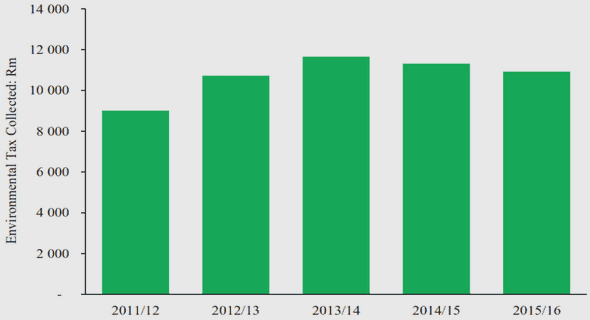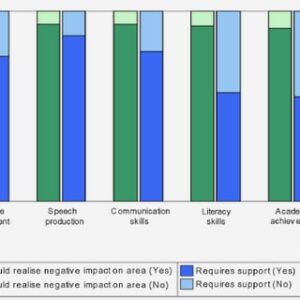(Downloads - 0)
For more info about our services contact : help@bestpfe.com
Table of contents
1Chapter 1: Soil water balance components’ estimation methods
1.1 Soil water storage
1.2 Evapotranspiration
1.2.1 Direct measurements of ET
1.2.1.1 Hydrological approach: Weighing lysimeters
1.2.1.2 Plant physiology approaches
1.2.1.3 Micrometeorological approaches
1.2.2 Remote sensing based method for ET estimation
1.2.2.1 Surface energy budget methods
1.2.2.2 Soil water balance method: crop coefficient approach
1.2.2.3 Deterministic methods
1.2.2.4 Inter comparisons of ET estimation methods
1.3 Irrigation
1.3.1 How much water is given?
1.3.2 When water is given?
1.3.3 How often water is given?
1.3.4 Plant response to water stress
1.3.5 Irrigation efficiencies
1.4 Synthesis
Chapter 2: Study area and data processing
2.1 Study area description
2.1.1 Geographic location
2.1.2 Climat data
2.1.2.1 Rainfall
2.1.2.2 Temperature
2.1.2.3 Relative humidity
2.1.2.4 Wind conditions
2.1.3 Water Resources
2.1.3.1 Surface water resources
2.1.3.2 Groundwater resources
2.2 Land use maps
2.3 Observed irrigation data
2.4 Remote sensing data
2.4.1 High-resolution satellite imagery
2.4.2 Low-resolution satellite imagery
2.5 In situ data
2.5.1 Meteorological data
2.5.2 Flux and soil moisture data
2.5.3 Extra large aperture scintillomter (XLAS)
2.5.3.1 Scintillometer derived fluxes
2.5.3.2 XLAS footprint computation
2.5.3.3 XLAS derived latent heat flux
2.6 Synthesis
Chapter 3: Evapotranspiration and irrigation volumes estimation at high spatial resolution: application of the soil water balance model SAMIR
3.1 SAMIR model description
3.2 Irrigation volumes results validation at perimeter scale: Published results (article)
3.3 Unpublished results and additional analyzes
3.3.1 Irrigation volumes results validation at perimeter scale for the 2013- 2014 season
3.3.2 Irrigation volumes results validation at field and farm scales
3.3.3 Evapotranspiration results validation using the XLAS data
3.4 Synthesis and partial conclusion
Chapter 4: Revisiting SAMIR parameters setting for evapotranspiration and irrigation spatialization
4.1 SAMIR model calibration
4.1.1 Second calibration on cereals fields
4.1.2 Calibration for the olive orchard
4.2 Model parameters setting
4.3 Validation of new modeled irrigation volumes at perimeter scale
4.4 New evapotranspiration results validation using the XLAS data
4.5 Synthesis and partial conclusion
Chapter 5: Energy fluxes estimation at low spatial resolution: Application of the energy balance model SPARSE
5.1 SPARSE model description
5.1.1 Input data
5.1.2 Algorithm
5.2 Validation of instantaneous and daily SPARSE model estimates using the XLAS data: Published results (article)
5.3 Synthesis and partial conclusion
General conclusion and perspectives
Major findings
Limitations of the methods and models
Perspectives and future plans
References


